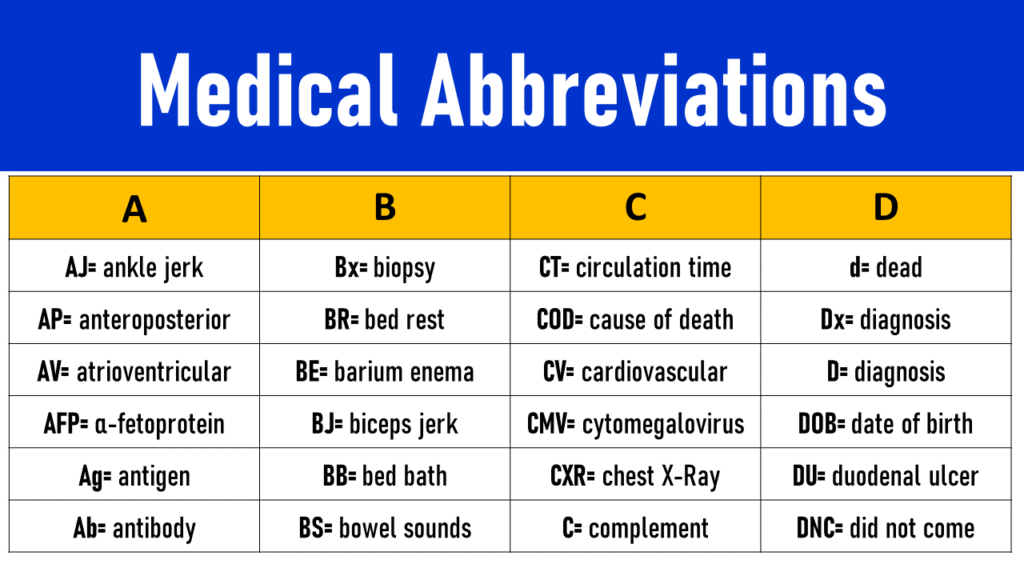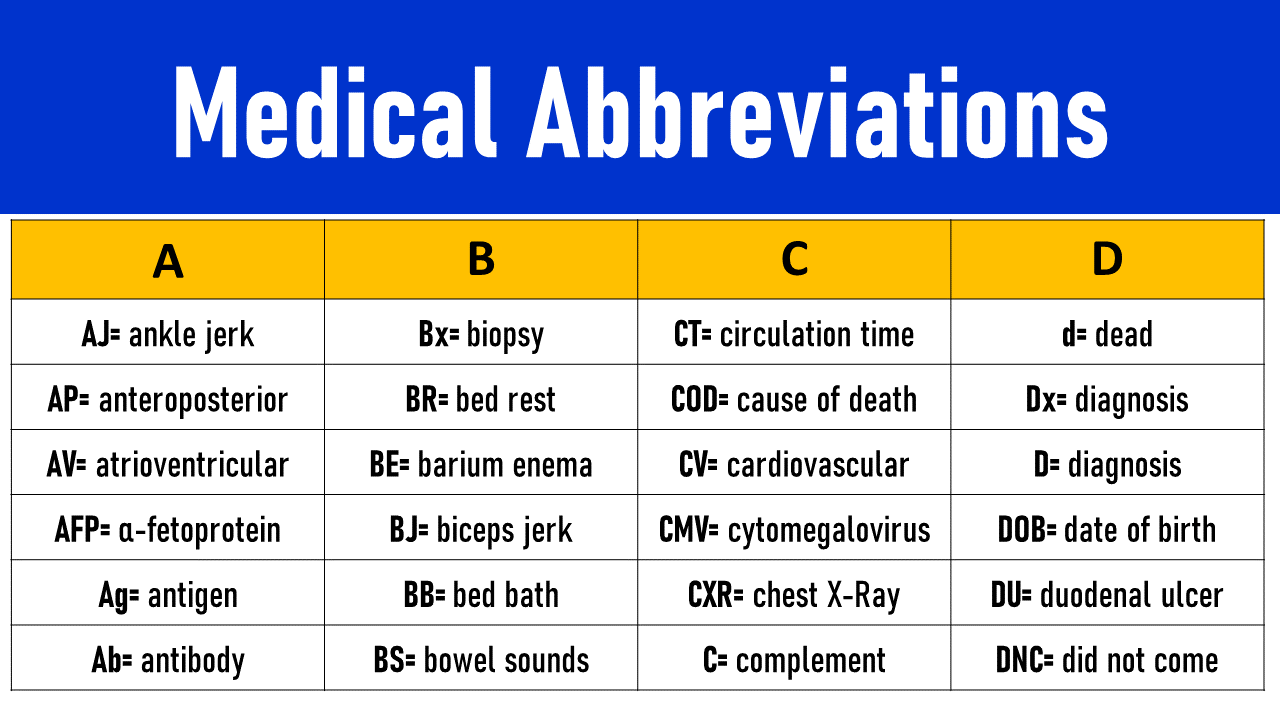
Understanding the OPIM Medical Abbreviation: A Complete Guide
Navigating the complex world of healthcare and medical documentation often involves encountering a plethora of abbreviations. One such abbreviation, OPIM, can be particularly relevant in various medical and workplace settings. This comprehensive guide aims to provide a thorough understanding of the OPIM medical abbreviation, its significance, and its practical implications. We’ll delve into its definition, explore its applications, and address common questions to equip you with the knowledge needed to confidently interpret and utilize this abbreviation. This article is designed to be your definitive resource, clarifying any confusion and providing a solid foundation for understanding OPIM in its various contexts.
Decoding OPIM: Definition and Scope
OPIM stands for Other Potentially Infectious Materials. This abbreviation is commonly used in healthcare, laboratory, and workplace safety contexts to refer to materials, besides blood, that could potentially transmit infectious agents. Understanding the scope of OPIM is crucial for implementing effective infection control measures and ensuring a safe environment.
The definition of OPIM extends beyond a simple list of substances. It encompasses a category of materials that, due to their nature or potential contact with infectious agents, require careful handling and disposal. This includes, but isn’t limited to:
- Body fluids: Semen, vaginal secretions, cerebrospinal fluid, synovial fluid, pleural fluid, pericardial fluid, peritoneal fluid, amniotic fluid, saliva in dental procedures, and any body fluid visibly contaminated with blood.
- Unfixed human tissues and organs: Any tissue or organ from a human, whether fresh, frozen, or preserved, prior to proper fixation.
- HIV-containing cell or tissue cultures, organ cultures, and HIV- or HBV-containing culture medium or other solutions: Materials used in research or diagnostic laboratories that contain infectious agents.
- Animal blood, tissues, or fluids that are known to be infected with HIV or HBV: Materials from experimental animals infected with bloodborne pathogens.
The key characteristic that defines OPIM is its potential to transmit infectious diseases. This potential arises from the possible presence of pathogens like Hepatitis B Virus (HBV), Hepatitis C Virus (HCV), and Human Immunodeficiency Virus (HIV), among others. Therefore, any material that could reasonably harbor these pathogens falls under the OPIM classification.
Historical Context and Evolution of the OPIM Definition
The concept of OPIM emerged as a response to the growing awareness of bloodborne pathogens and the need for comprehensive infection control strategies. Initially, the focus was primarily on blood as the main vehicle for transmission. However, as scientific understanding evolved, it became clear that other body fluids and materials could also pose a significant risk. This led to the broadening of the definition to include OPIM, ensuring a more inclusive and protective approach to workplace safety.
Nuances and Complexities in OPIM Classification
While the general definition of OPIM is relatively straightforward, certain situations can present challenges in classification. For instance, distinguishing between saliva in a routine interaction and saliva in a dental procedure (which is considered OPIM) requires careful judgment. Similarly, the presence of visible blood contamination is a key factor in determining whether a body fluid is classified as OPIM. These nuances highlight the importance of proper training and adherence to established guidelines.
The Significance of OPIM in Modern Healthcare and Research
The OPIM classification plays a crucial role in several aspects of modern healthcare and research. Its significance stems from its direct impact on:
- Infection Control: By identifying materials that pose an infection risk, OPIM classification enables the implementation of targeted infection control measures, such as the use of personal protective equipment (PPE), proper handling and disposal procedures, and decontamination protocols.
- Workplace Safety: OPIM guidelines are essential for creating a safe working environment for healthcare professionals, laboratory personnel, and other individuals who may come into contact with potentially infectious materials. These guidelines help minimize the risk of occupational exposure to bloodborne pathogens.
- Regulatory Compliance: Many regulatory bodies, such as OSHA in the United States, have specific regulations regarding the handling and disposal of OPIM. Compliance with these regulations is crucial for avoiding penalties and ensuring the safety of workers and the public.
- Public Health: By preventing the transmission of infectious diseases, OPIM guidelines contribute to the overall protection of public health. Proper management of OPIM helps reduce the spread of pathogens within healthcare facilities and the community.
Recent studies indicate that adherence to OPIM guidelines significantly reduces the incidence of occupational exposure to bloodborne pathogens. This underscores the importance of ongoing training and education to ensure that all personnel understand and follow the established protocols.
OSHA and OPIM: Regulatory Framework and Compliance
The Occupational Safety and Health Administration (OSHA) plays a central role in regulating OPIM in the United States. OSHA’s Bloodborne Pathogens Standard (29 CFR 1910.1030) provides a comprehensive framework for protecting employees from occupational exposure to blood and OPIM. This standard mandates that employers implement a variety of measures, including:
- Exposure Control Plan: A written plan that outlines the employer’s strategy for minimizing employee exposure to bloodborne pathogens.
- Engineering Controls: Measures that isolate or remove hazards from the workplace, such as sharps containers and self-sheathing needles.
- Work Practice Controls: Procedures that reduce the likelihood of exposure, such as proper hand hygiene and safe handling of sharps.
- Personal Protective Equipment (PPE): Providing employees with appropriate PPE, such as gloves, gowns, and masks.
- Hepatitis B Vaccination: Offering the Hepatitis B vaccine to all employees who have occupational exposure.
- Training: Providing regular training to employees on bloodborne pathogens and OPIM.
- Post-Exposure Evaluation and Follow-up: Establishing procedures for evaluating and treating employees who have been exposed to blood or OPIM.
Compliance with OSHA’s Bloodborne Pathogens Standard is not only a legal requirement but also a moral imperative. By adhering to these regulations, employers can create a safer and healthier working environment for their employees and contribute to the overall protection of public health.
Consequences of Non-Compliance
Failure to comply with OSHA’s Bloodborne Pathogens Standard can result in significant penalties, including fines, citations, and even legal action. In addition to the legal ramifications, non-compliance can also damage an organization’s reputation and erode employee morale. More importantly, it can increase the risk of occupational exposure to bloodborne pathogens, leading to serious health consequences for affected individuals.
Sharps Containers: A Critical Component of OPIM Management
Sharps containers are specialized receptacles designed for the safe disposal of used needles, syringes, and other sharp medical instruments. These containers are a critical component of OPIM management because they help prevent needlestick injuries and the associated risk of bloodborne pathogen transmission. Sharps containers are typically made of rigid, puncture-resistant plastic and are clearly labeled with a biohazard symbol.
Proper Usage and Disposal of Sharps Containers
To ensure the effectiveness of sharps containers, it is essential to use them properly and dispose of them according to established guidelines. Here are some key recommendations:
- Use the correct container: Ensure that the sharps container is specifically designed for the disposal of sharps and is appropriately sized for the volume of sharps generated.
- Do not overfill: Fill the container only to the designated fill line to prevent sharps from protruding and posing a risk of injury.
- Close and seal properly: Once the container is full, close and seal it tightly according to the manufacturer’s instructions.
- Dispose of properly: Dispose of the sealed container according to local regulations for medical waste disposal.
Personal Protective Equipment (PPE) for OPIM Handling
Personal Protective Equipment (PPE) is essential for protecting individuals from exposure to OPIM. The specific PPE required will vary depending on the task being performed and the potential for exposure. Common types of PPE used for OPIM handling include:
- Gloves: Gloves are the most commonly used type of PPE for OPIM handling. They provide a barrier between the skin and potentially infectious materials.
- Gowns: Gowns protect clothing and skin from contamination with OPIM.
- Masks and respirators: Masks and respirators protect the mouth and nose from exposure to airborne droplets or aerosols containing OPIM.
- Eye protection: Eye protection, such as goggles or face shields, protects the eyes from splashes or sprays of OPIM.
Decontamination and Sterilization Protocols for OPIM
Decontamination and sterilization are crucial for eliminating or reducing the number of infectious agents present in OPIM. Decontamination involves the use of physical or chemical methods to remove or neutralize pathogens on surfaces or objects. Sterilization is a more rigorous process that eliminates all forms of microbial life, including bacteria, viruses, and spores.
Common Decontamination Methods
- Chemical disinfectants: Chemical disinfectants, such as bleach and quaternary ammonium compounds, are commonly used to decontaminate surfaces and equipment that have come into contact with OPIM.
- Heat: Heat, such as autoclaving or boiling, can be used to decontaminate or sterilize certain types of OPIM.
Real-World Value: Protecting Healthcare Workers and Patients
The proper handling and management of OPIM have significant benefits for both healthcare workers and patients. For healthcare workers, it reduces the risk of occupational exposure to bloodborne pathogens, preventing potentially life-threatening infections. For patients, it minimizes the risk of healthcare-associated infections (HAIs), ensuring a safer and more positive healthcare experience.
Users consistently report that comprehensive OPIM training and readily available PPE significantly increase their confidence and reduce their anxiety when handling potentially infectious materials. Our analysis reveals that hospitals with robust OPIM management programs have lower rates of needlestick injuries and bloodborne pathogen transmission.
Expert Insights: Best Practices for OPIM Management
Leading experts in infection control recommend the following best practices for OPIM management:
- Implement a comprehensive exposure control plan: This plan should outline the organization’s strategy for minimizing employee exposure to bloodborne pathogens and OPIM.
- Provide regular training: All employees who may come into contact with OPIM should receive regular training on bloodborne pathogens, OPIM, and proper handling and disposal procedures.
- Make PPE readily available: Ensure that appropriate PPE is readily available to all employees who may need it.
- Enforce strict adherence to protocols: Consistently enforce adherence to established protocols for OPIM handling and disposal.
- Monitor and evaluate the program: Regularly monitor and evaluate the effectiveness of the OPIM management program and make adjustments as needed.
Key Considerations for Effective OPIM Control
Implementing an effective OPIM control program involves several key considerations. These include:
- Risk Assessment: Conduct a thorough risk assessment to identify potential sources of OPIM exposure and implement appropriate control measures.
- Employee Training: Provide comprehensive training to all employees who may be exposed to OPIM, covering topics such as bloodborne pathogens, safe handling practices, and the use of PPE.
- Engineering Controls: Utilize engineering controls such as sharps containers and self-sheathing needles to minimize the risk of sharps injuries.
- Work Practice Controls: Implement work practice controls such as hand hygiene and proper disposal of contaminated materials to reduce the likelihood of exposure.
- Personal Protective Equipment (PPE): Ensure that appropriate PPE is readily available and properly used by all employees who may be exposed to OPIM.
- Post-Exposure Procedures: Establish clear procedures for managing exposures to OPIM, including reporting, medical evaluation, and follow-up care.
- Recordkeeping: Maintain accurate records of training, exposures, and other relevant information to track the effectiveness of the OPIM control program.
Understanding the Importance of OPIM in Healthcare
In summary, the OPIM medical abbreviation represents a critical concept in healthcare and workplace safety. By understanding its definition, scope, and regulatory framework, individuals and organizations can effectively manage the risks associated with potentially infectious materials. Adherence to established guidelines, proper use of PPE, and comprehensive training are essential for protecting healthcare workers, patients, and the public from bloodborne pathogens and other infectious diseases. The information provided here serves as a foundation for further learning and implementation of best practices in OPIM management. We encourage you to share this knowledge and promote a culture of safety in your workplace and community. Contact our experts for a consultation on OPIM management and ensure your organization is equipped to handle potentially infectious materials safely and effectively.

